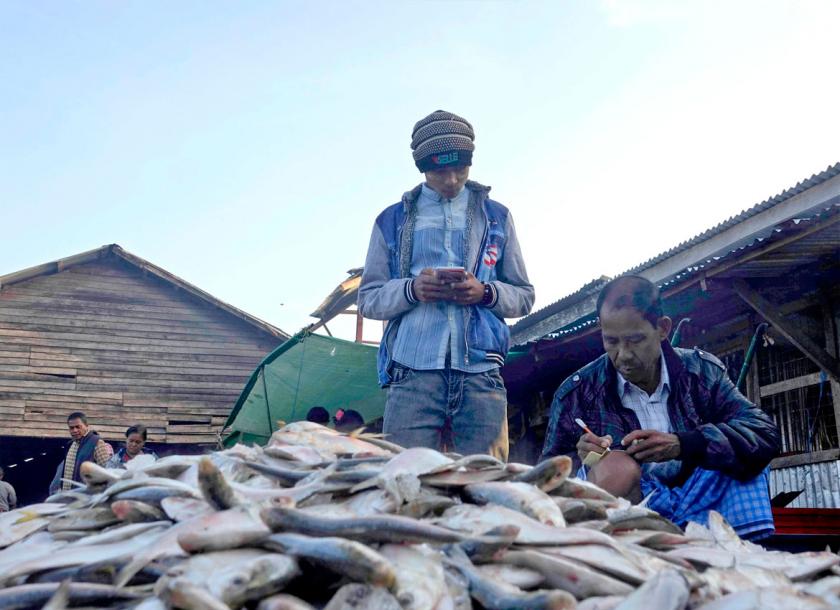Myanmar fisheries sector is not developing due to the lack of government and domestic banks’ financial assistance
10 ตุลาคม 2561
Investments in Myanmar’s fisheries sector are almost all from the private sector and it is time to consider more help from the government for the sake of improving domestic food security and generating more revenue from exports says U Win Kyaing, general secretary of the Myanmar Fisheries Federation.
The lack of financing is one of the main things holding back the sector’s modernisation U Win Kyaing added.
“Financial assistance can come not only from the government and domestic banks, but also foreign institutions. This should be considered by government sector,” he said.
Myanmar is still very much an agriculture-based country, with 7.28 million hectares under cultivation, equal to the amount of virgin land. Almost 70 percent of the country’s population lives in rural areas and are involved in agriculture.
“The world seafood consumption has grown higher in developed regions like the Americas, European Union and also the Middle East. China is a large market and consumption is growing in countries such as South Korea and Russia.
Myanmar’s location and its climate gives a big natural advantage as a producer of seafood, so we should grasp the opportunity to tap into a large and growing market,” he said.
However, the lack of modernisation in the country’s fisheries sector is not sustainable. Overfishing and use of archaic methods such as dynamite fishing, electro-fishing, and cyanide fishing are in danger of doing great harm to the country’s fish and prawn stocks.
According to one survey from 2013, the country’s fish and prawn stocks have been declining over the last 33 years in littoral and offshore waters, making the need for resource conservation programmes the use of sustainable fishing methods increasingly urgent.
While Myanmar stopped issuing foreign fishing permits in 2014 and imposed no-fishing periods in some areas, proper conservation efforts will require systematic use of modern technology. Such efforts will require funding and expertise.
Meanwhile, aquaculture, the breeding of fish and prawns in ponds or lakes, is also a potential area of growth for the country’s economy
According to the Fisheries Department, there are a total of a 194,000 hectares of fish and prawn farms in the country, mostly in Ayeyarwaddy Division, Yangon Division and Bago Region. Moreover, Sagaing Region and Mandalay Region also have farms that fulfil local demand in northern Myanmar.
Last year, Thailand’s fisheries sector generated US$6.5 billion while Vietnam’s generated US$8.3 billion.
(The Myanmar Times: https://www.mmtimes.com/news/fisheries-sector-not-developing-due-no-funding.html )











